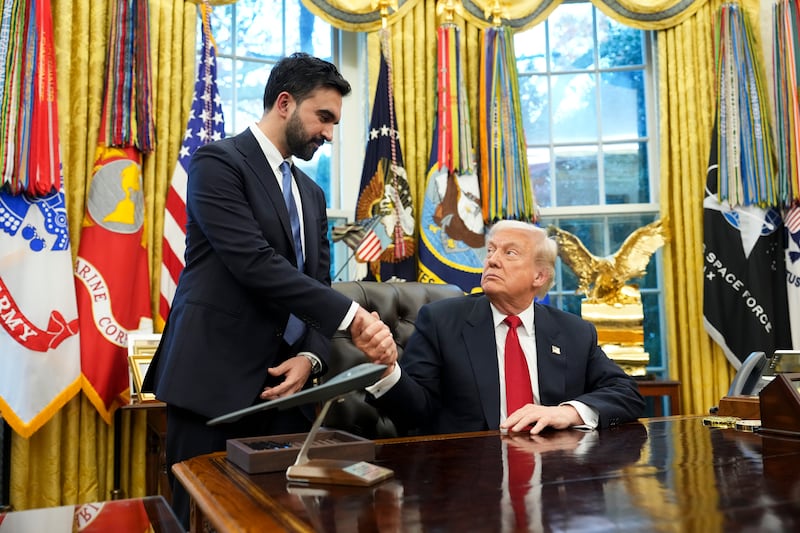Tired of feeling cold in your home? If draughts blow the curtains in on a windy night or you have to resort to wearing several geansaís while indoors, then it’s time to consider a heating upgrade.
The cheapest way to give an existing heating system a boost is to install a control system, according to Brian McIntyre, programme executive of the warmer homes scheme at the Sustainable Energy Authority of Ireland (SEAI).
This will optimise the energy you use, breaking it into zones within the home. It is especially worthwhile if the system in place is relatively old. In an ideal situation, you will have one zone for your living room and kitchen, another for bedrooms and a third for hot water.
The homes most in need of an upgrade are likely to be buildings built before about 1949
By dividing the house into areas, it means that you use energy to heat the bedrooms only say half an hour before your rise and again 30 minutes before you go to bed, instead of running it for the same duration of that in the living room.
This upgrade will cost only a couple of hundred euro and should be top of any upgrade list, McIntyre says.
“It’s about enjoying the warmth where you are currently spending time. It also gets you thinking about running costs and how you use your existing heating system.”
The homes most in need of an upgrade are likely to be buildings considered traditional under SEAI, that is anything built before about 1949. McIntyre says there are some 250,000 of these in the country out of an overall residential housing stock of 1.7 million, according to Census 2016 figures.
Of these, almost a million are on the Building Energy Rating (BER) database with over 21 per cent of its stock falling into the G and F-rated categories. A further 21.5 per cent of the homes are D-rated, of which there are two, while 36 per cent fall into one of the three C ratings.
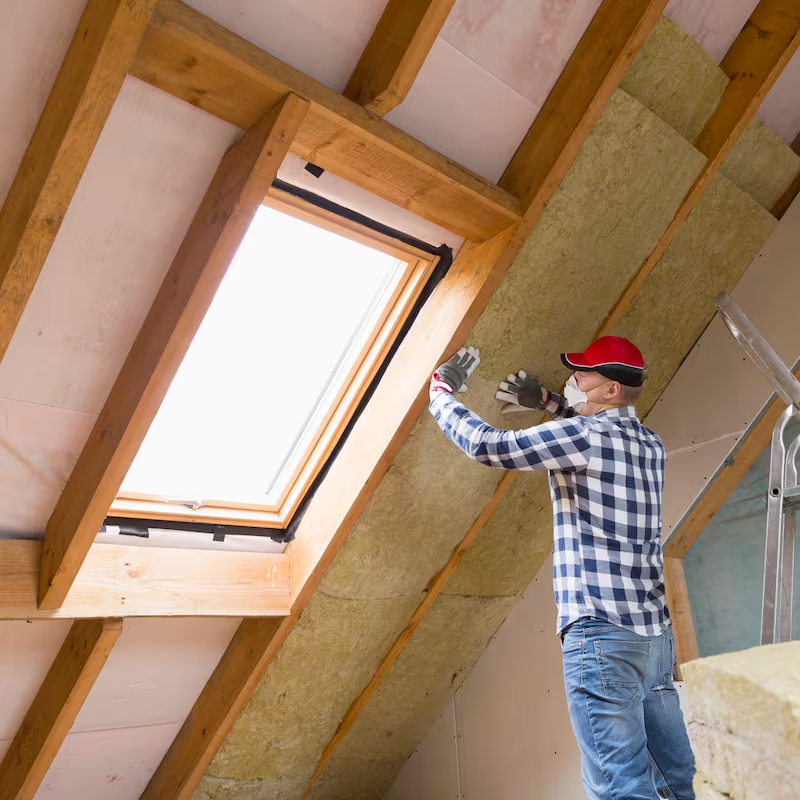
Uncontrolled ventilation, what we used to call draughts, is one of the factors in getting a low BER and is the enemy of all heating systems. This is why most plumbers will want to talk to you about insulation when suggesting any heating system changes.
Insulation is first before you upgrade your heating, says Dr Matt Kennedy, associate director for carbon and climate at Arup.
For about €500, a BER technical adviser will visit your home and analyse the levels of uncontrolled heat loss. He or she will also write what is in effect a prescription for what you can do to make the place feel toastier for longer, and should be able to give rough costings on what it will take to achieve these remedial works.
High insulation values are critical to the functionality of heat pumps
Any insulation in these various traditional house styles needs to be breathable. This does ratchet up costs. Air-tightness is less cost-effective to achieve, so for many it may be a case of making the existing heating system more efficient.
You have a choice of oil, gas or electricity to fuel your heating system. The size, location and age of the property will dictate what heating upgrade options are open to you, says BER accessor Aongus O’Dowd, who is also one of the technical advisors listed on the SEAI’s website.
To consider a heat pump, which is powered by electricity, high insulation values are critical to its functionality.
“Not every retrofit can cater to one,” says plumber Mark Forrester.
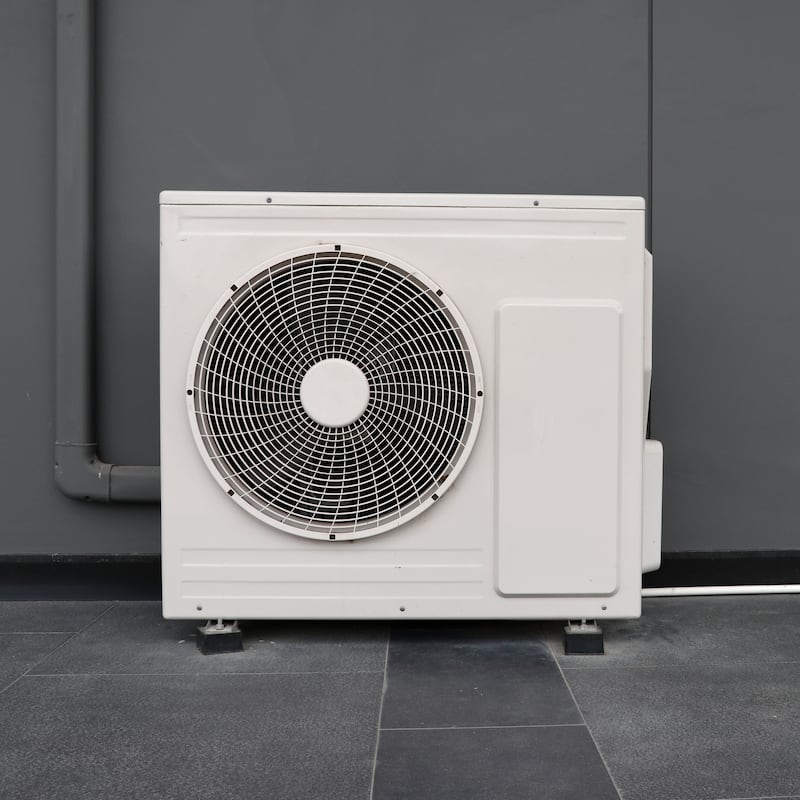
It usually comes down to cost, explains Kennedy, who recently completed the upgrade of his own 1970s home in Co Meath. He went with a heat pump but didn’t go with underfloor heating, opting for radiators instead.
“Costs will be determined on a per-square-metre basis, and it will depend on how many radiators you may need.”
All told, including interior insulation and PV panels, he estimates the costs to have been between €40,000 and €70,000.
When looking at upgrading a heating system in a second-hand home, eligibility for SEAI heating grants is usually determined by the BER at the end of the job. It needs to be brought up to a B rating to qualify for many. This is another reason insulation comes into play when shopping for heating systems.
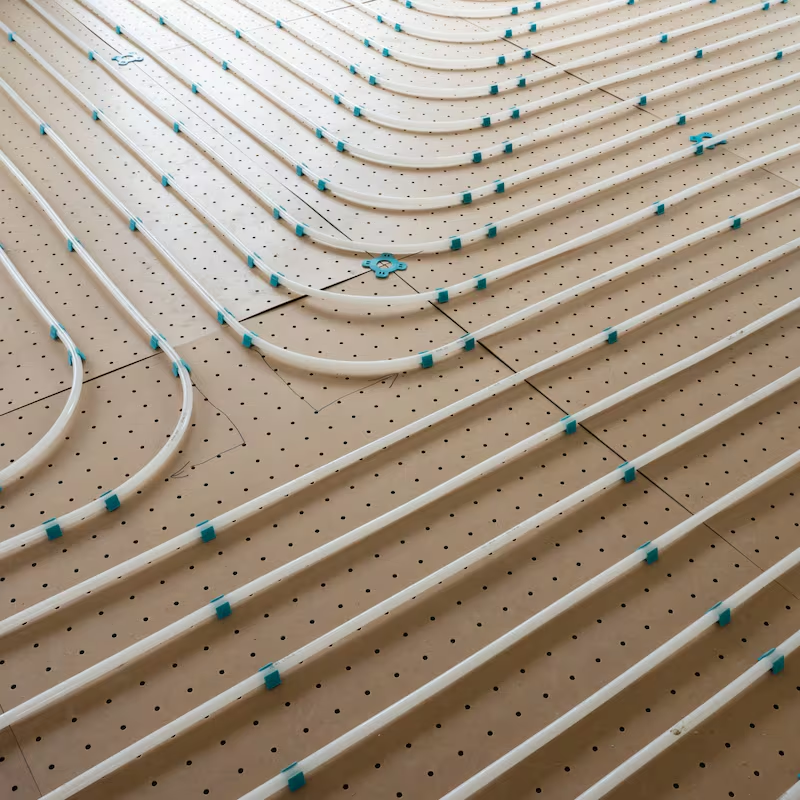
For now, gas remains the cheapest, Forrester says.
“A combi-gas boiler with two heating zones should suffice – you won’t need a zone to heat water. A combi-boiler supplies half a litre of hot water on tap so there’s zero waste.”
Fitting this system into the average three-bed semi of 100sq metres will cost about €10,000, supplied and fitted, he estimates, but every home is different, as John Power found when he went to renovate and upgrade a three-storey-over-basement, BER-exempt house he purchased in Waterford city.
Set out in offices, it had a decent electric heating system before he applied for change of use to residential. His plumber recommended upgrading to a combi-boiler gas system. He looked into investing in heat pump technologies but a single heat pump wouldn’t serve the whole house, which extends to 297sq m of floorspace, he explains.
A potentially high electricity bill made him opt for gas.
The system has four zones, one of which is used to heat the water. Ember thermostats were installed. An app allows him to control the heating remotely. A rival company was double the price, he says.
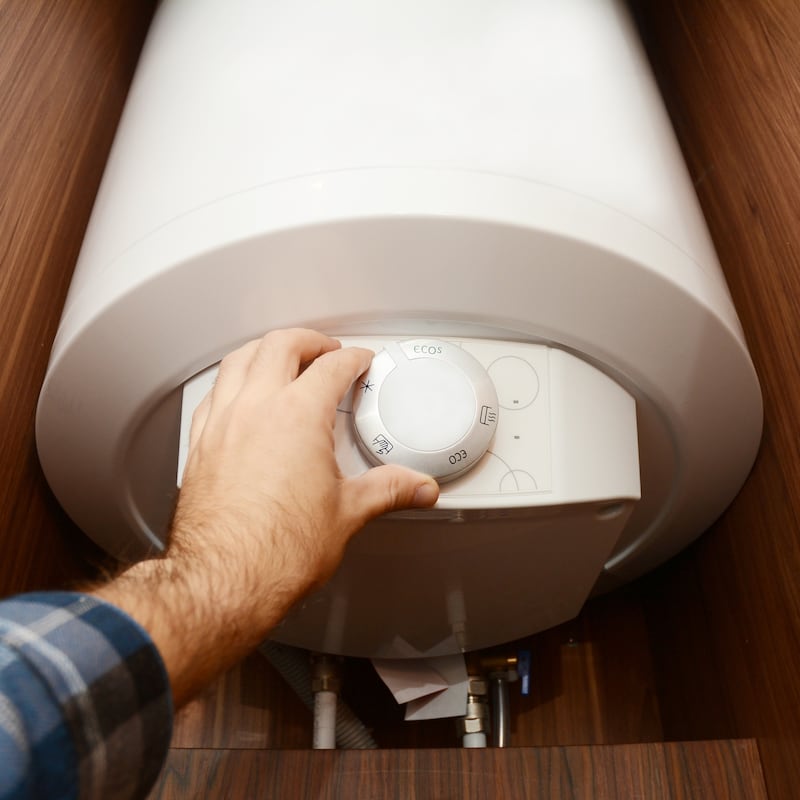
If you’re not on the gas network you can avail of an LPG gas tank, fitted to sit where your old oil tank was or hidden from sight below ground. These come with a built-in mechanism that tells both you and the supplier when you’re running low.
Anything built in the past 10 years is already in good shape and most likely has a B or an A-rating, McIntyre says. Indeed, 82 per cent of homes built from 2000 onwards are in the privileged position of already having a BER from A2 to B3.
If you have a house with a D or higher rating then it is likely that it may be a cavity wall construction build from the late 1970s onwards. These cavities can be filled with insulation with minimal disruption and usually for less than €10,000, McIntyre says.
Word of mouth is probably the best way to find a good plumber, says Tony Kinsella of E-Z Heating Solutions. He suggests asking as many people as you know for recommendations and also asking anyone undergoing a renovation job on your street or in your area if they’re happy with theirs.
There is nothing sexy about energy efficiency. The benefit of more comfort is intangible.
He advises hiring directly.
“The plumber or heating engineer should not be a subcontractor. You want to negotiate a deal that includes design, supply, installation and commissioning, as well as an annual service fee to maintain it, say with the first year for free, as many systems are difficult to operate or understand. That will incentivise him to supply the best equipment he can for the budget.”
“If you let the builder do it, then half the fee you’re being charged will end up in the builder’s pocket, leaving the plumber to supply cheap equipment that he doesn’t want to service,” he says.
Kinsella believes choosing a heating system is a lot like choosing a car.
“There are lots of different makes, models and price points. Not all deliver the same return on investment.”
The problem, Kennedy says, is that the benefits are not visual.
“There is nothing sexy about energy efficiency. The benefit of more comfort is intangible.
“Consumers have a green appetite but the cost is underassessed. Installing a heat pump in a rural house built in the 1960s will only increase bills, as the fabric of the property is not airtight.”
We need to consider the way we think of energy consumption, he advises.
“At the moment, everything has to have a return. You won’t get a return on investment – even with the (SEAI) grant – for about 16 years. But what is the return on investment you get from holidays or the white goods that you buy?”
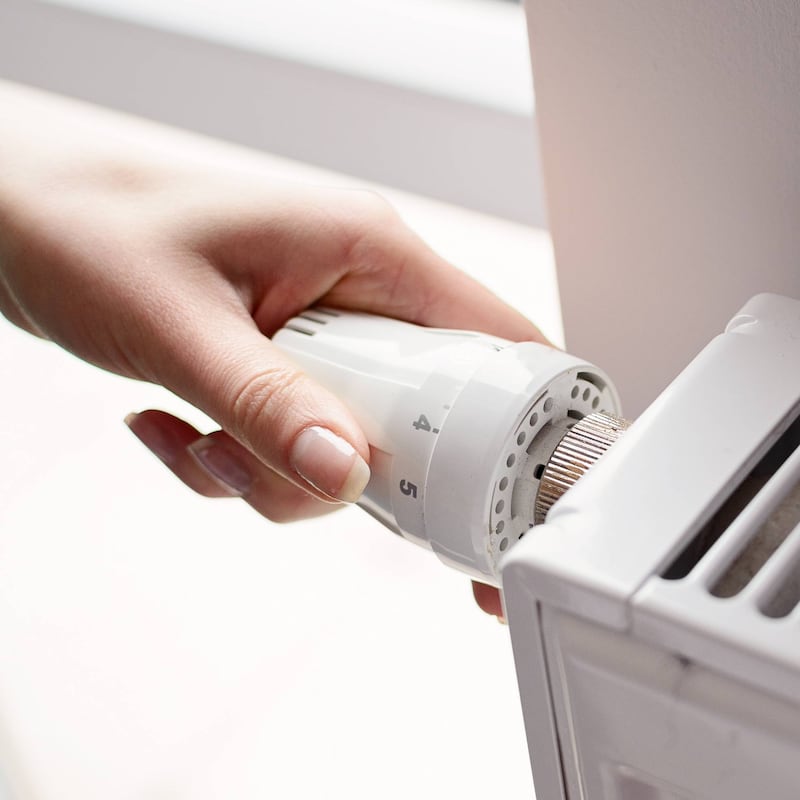
Value is equated differently, he says.
“If you had €10,000, would you choose to retrofit the house or go on a holiday with the family? It might depend on how cold you are. There are very few options open to homeowners. We’re locked into electrification as a heat solution.”
Buyer beware, he says.
“Energy has been quite cheap. It’s still quite cheap. We don’t consider the future price of oil or gas or electricity. From a government perspective, the revenue to pay for these grants has to come from somewhere.
“The price of petrol will probably increase every year for the next 10 years. Ditto oil and gas. There may be heavier taxes on fuels, as happened within the tobacco industry.”

















